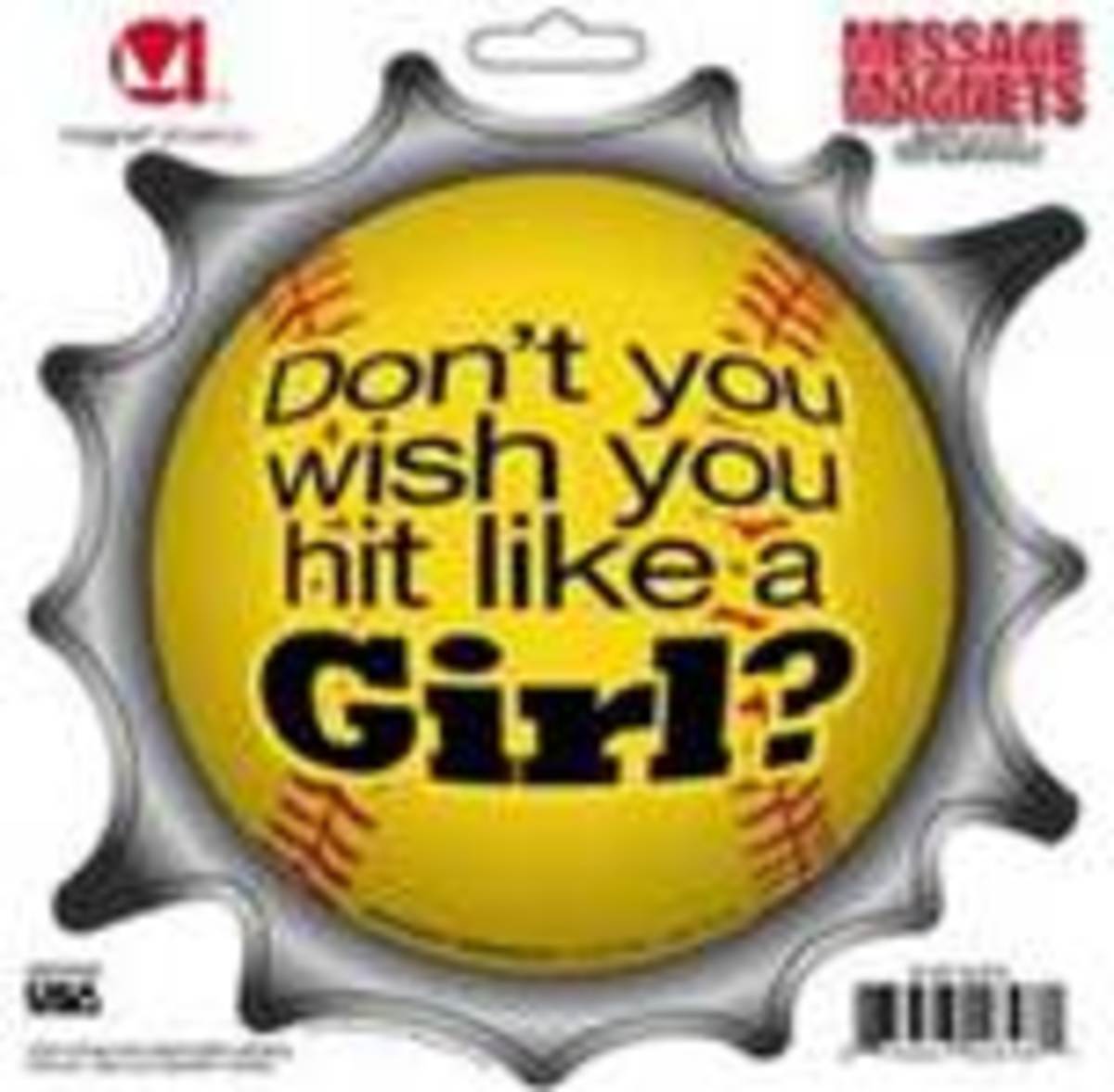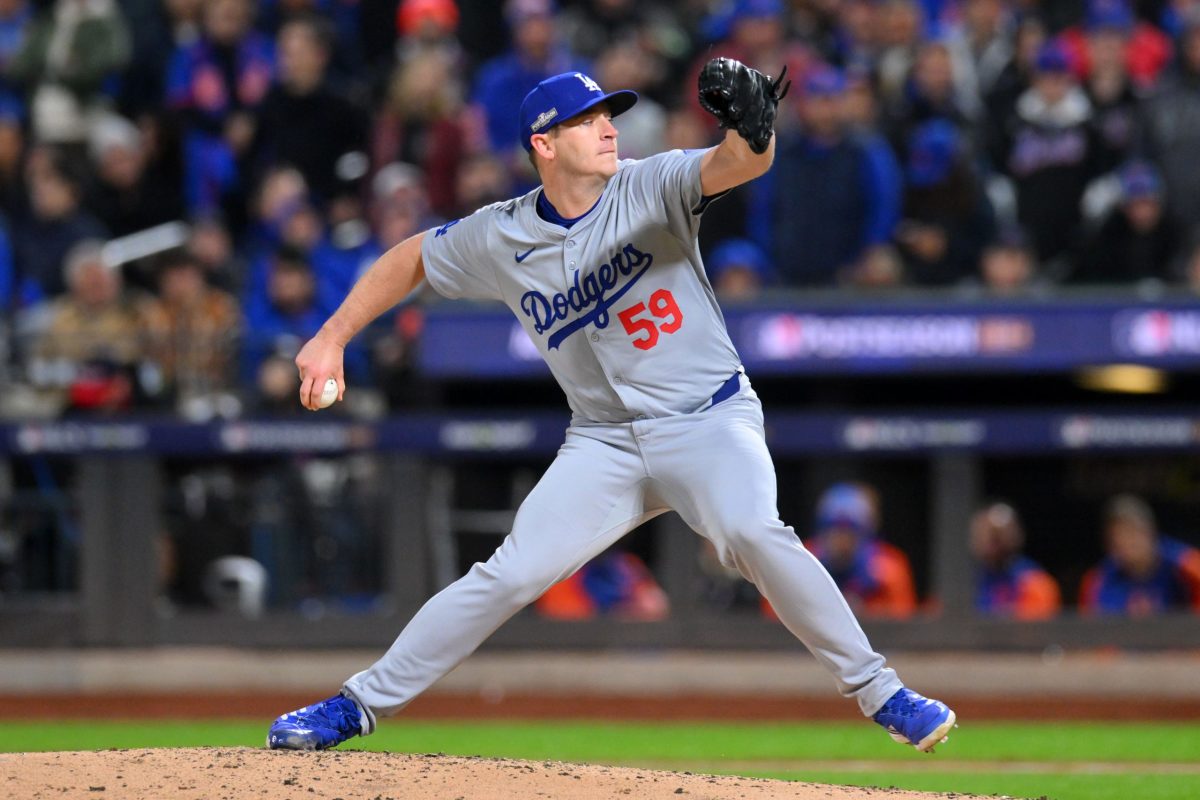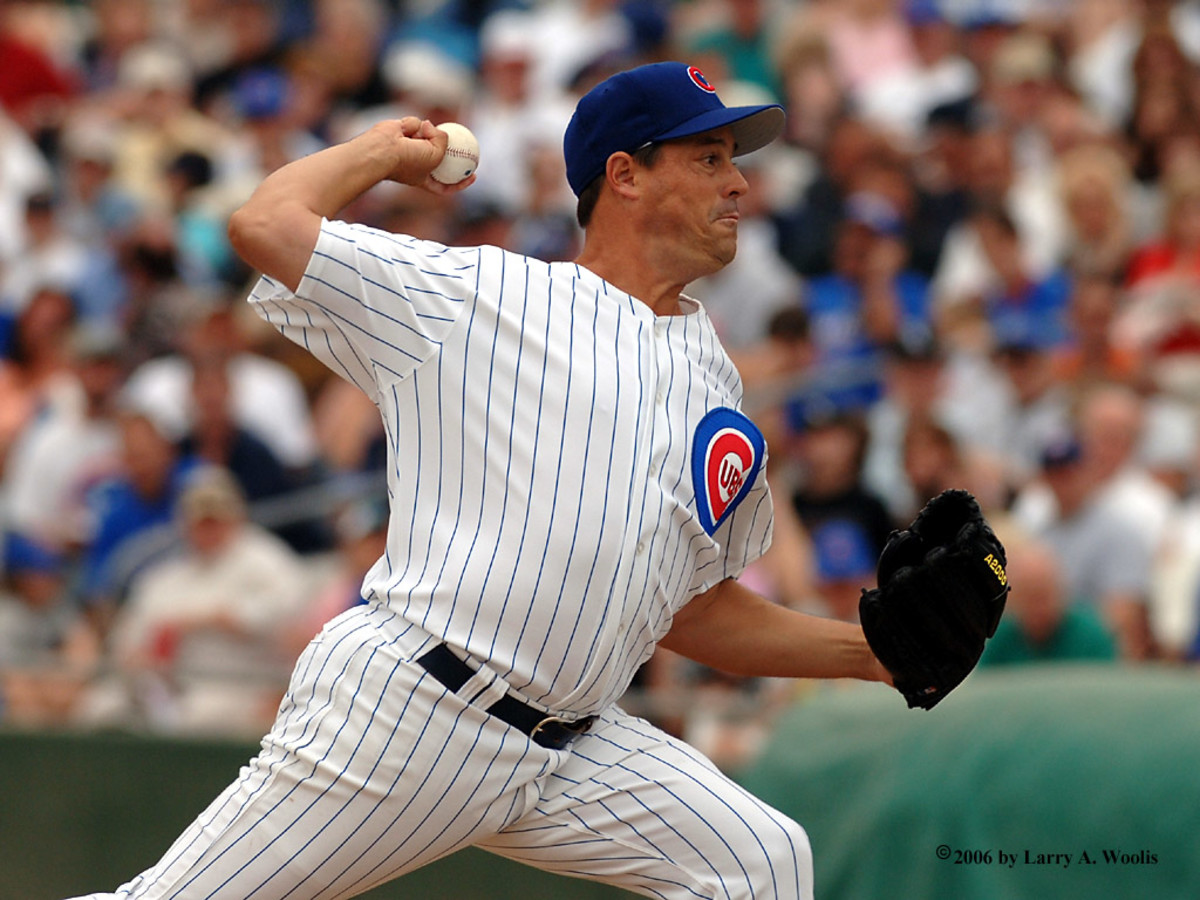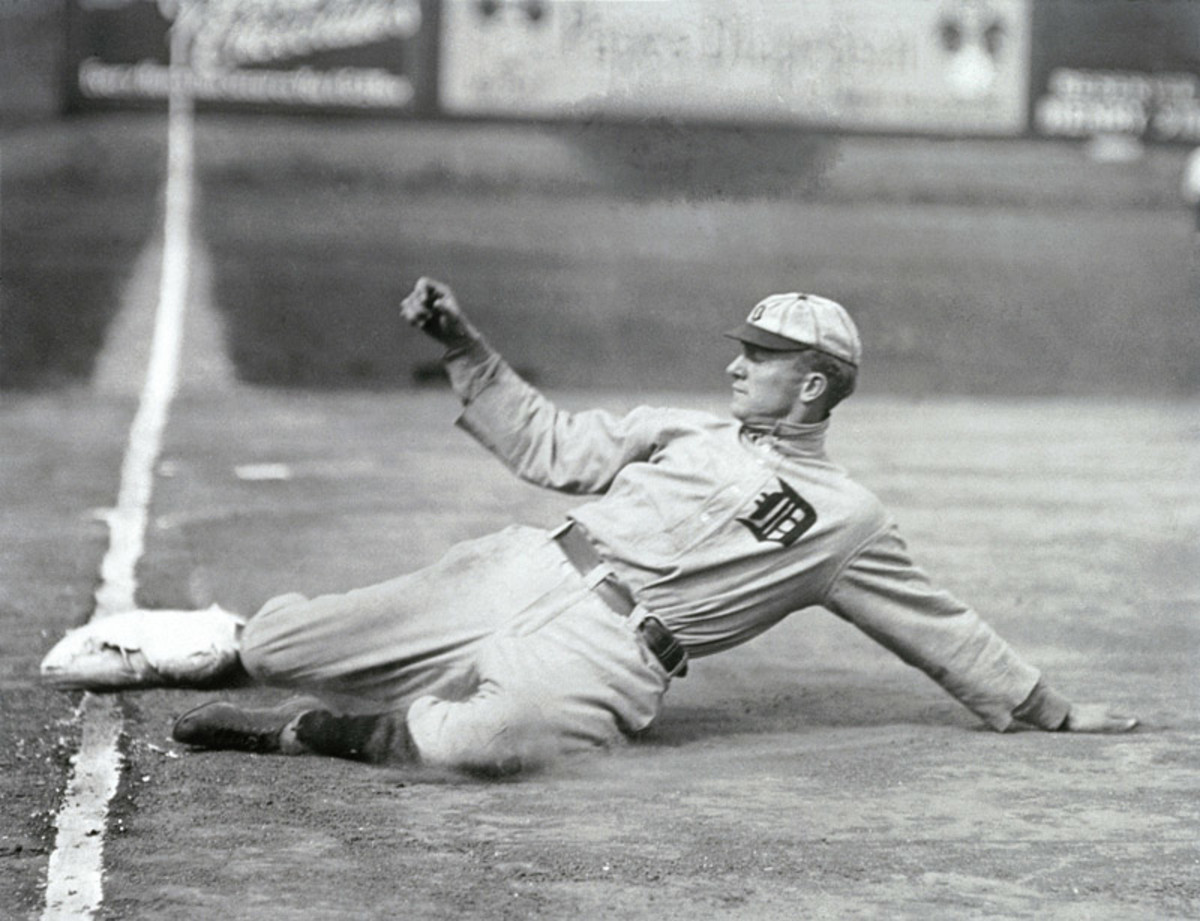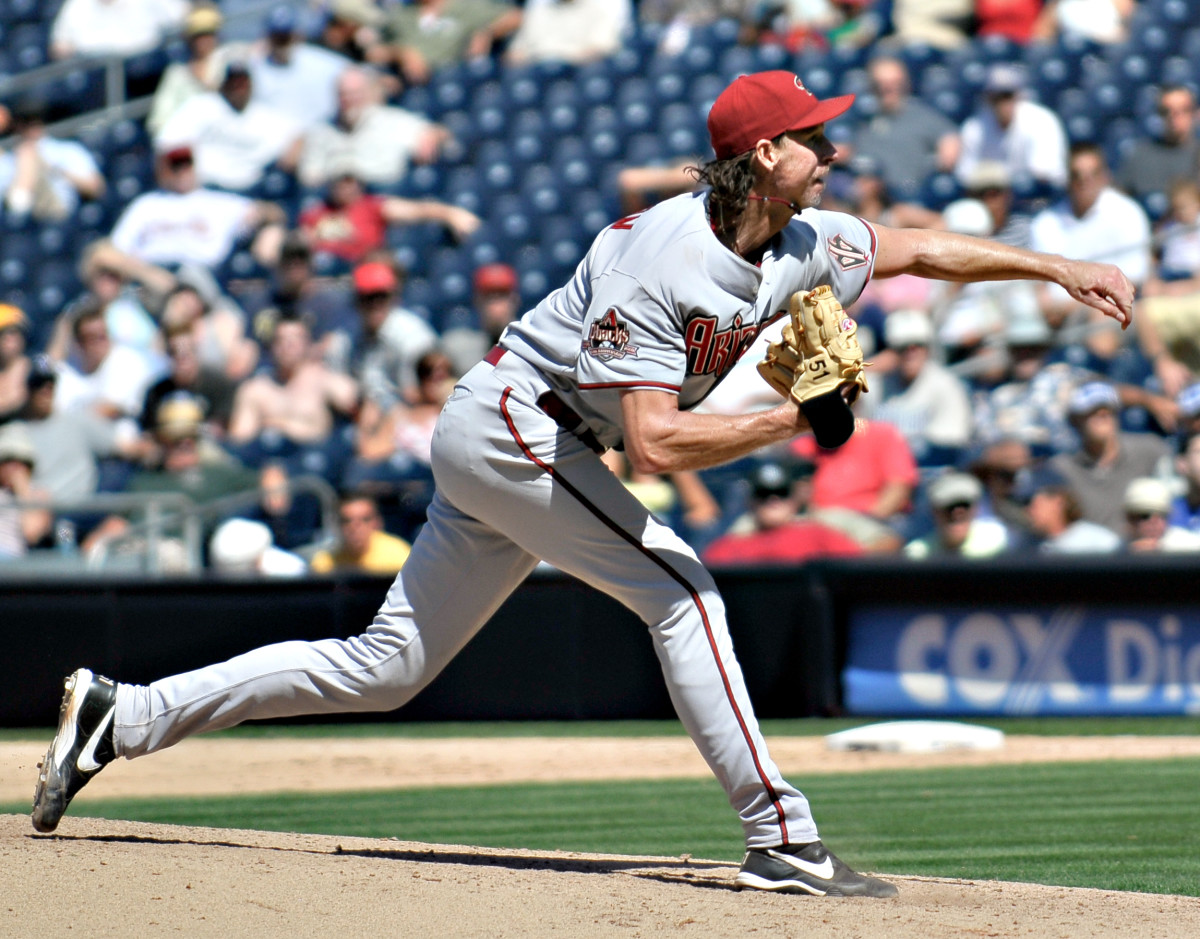How to Adjust to the Count in Baseball
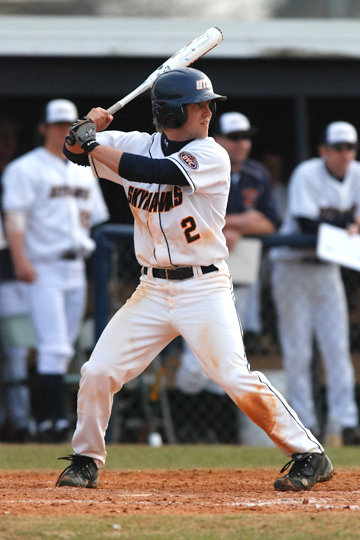
Baseball is a Simple Game
To quote Skip from Bull Durham, "This... is a simple game. You throw the ball. You hit the ball. You catch the ball." In a nutshell, that's it! Now, as anyone familiar with the game will tell you, you need to know how to do all of those well to succeed at all in the game. Hitting a baseball may be one of the most nonsensical actions on this earth. You hit a round ball with a round bat, and you try to do so squarely. I'm sure a handful of scientists wake up in cold sweats because of this phenomenon.
Throw a pitcher in the mix, and everything just sounds downright evil. Batters are expected to succeed in this abomination to physics while pitchers are trying to get them out. Hell, the most successful hitters in the history of Major League Baseball fail well over 60% of the time. Even so, batters have a few tricks that allow us to even the advantage.
The Importance of the Count
One of the first tricks any developing baseball stud needs to pick up on is the count. In baseball, as well as many judicial systems, batters will receive three strikes before they are not-so-kindly asked to take their seat back in the comfy dugout. Meanwhile, batters are allowed four balls until we get fed up with our lack of hittable pitches and simply head to first on our own. But let's face it, we don't like walking, and we sure as hell don't like striking out. The best batters (notice: not "hitters") will use the count to better their chances of getting a hit.
I'll ask you, kind reader, to take a gander at that trim and handsome young man up there (Spoiler: it's me! Hi!). I will be the first to tell anyone that I was paid to play baseball far longer than I was supposed to. God simply didn't bless me with Josh Hamilton-like power and hand/eye coordination. Also, I'd like to venture a guess that you (or son/daughter if you're a parent) aren't exactly blessed in the same way. But Alas! That is why Josh Hamilton is Josh Hamilton. He repeatedly has some of the highest hitting stats in Major League Baseball, and he even swings at the first pitch a vast majority of the time. But again -- and I can't express this enough -- he is freaking Josh Hamilton.
For the rest of us, listen up. As batters, 1) we need to hit strikes. Of those strikes, 2) we want to hit fastballs. Of those fastballs, 3) we want to hit "hittable fastballs."

Hitting Strikes
I could be really lazy with this article and simply throw some percentages on how successful hitters are in specific counts, but I like to assume you guys are interested in more interesting things than numbers. After all, you are reading this, right? So, the short definition for a strike in baseball is a "hittable pitch," and as many hitters will tell you, as well as every heckler, not every strike is necessarily conducive to a hit. It's what makes a pitcher successful. They are able to throw pitches that either are strikes but difficult to hit, or they will throw pitches that look like strikes but are impossible to hit.
The most successful batters will know how a pitcher thinks, and those last two points display a pitcher's thought process. This may come as a shock, but pitchers don't want you to get a hit. They also don't want to walk you, so they will always attempt to throw strikes. It's our job to hit those strikes before the umpire yells really loudly at us. The odds are incredibly in our favor that we will ultimately see a ball that can be hit, and that percentage goes up as the pitcher's need to throw a strike goes up. For instance, when a pitcher is behind in the count (1-0, 2-0, 2-1, 3-1, etc.), he/she obviously will try harder to throw a strike than if ahead in the count (0-1, 0-2, 1-2). And the harder a pitcher tries to throw a strike, the easier that strike will be to hit.
It sounds simple enough so far: see a ball that can be hit, and then we hit it. At the same time, we must remember that most pitchers throw things at us that move. These also can be hit, but they are often much more difficult to hit.
Forcing Fastballs
The fastball may be the most polarizing pitch in baseball. Pitchers want to throw them for strikes, and hitters want to hit them. It is the easiest pitch for a pitcher to throw, and it is the easiest pitch for a batter to hit. The difference comes with the kind of fastballs each wants. Pitchers will attempt to work the count by locating the fastball. That is, they will use their fastballs in ways that are the most difficult for hitters. Contrastingly, we, as hitters, want to force pitchers to throw those fastballs where we can hit them.
We want to force pitchers to give us that meatball fastball where we are best able to hit the sucker. As you ascend higher in baseball leagues, pitchers will get craftier in their pitch progression, but the fastball is always their fail-safe. When needing to throw a strike, they will throw a fastball. I know this because I used to have to deal with them first hand.
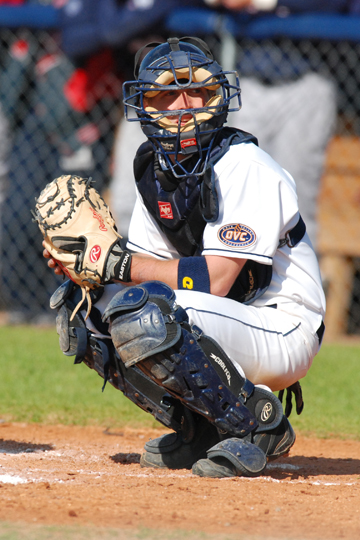
One of the main things hitters need to remember has nothing to do with their respective at-bat. We need to pay attention to our teammates' at-bats to know what pitchers are doing. As I said before some crafty pitchers will intentionally throw junk (i.e. curveballs, changeups, etc.) just to fool hitters in a fastball-friendly count. By simply taking mental notes while your teammates are batting, you can realize when a pitcher is doing this and let those junky pitches go by until he is forced to give you a meatball.
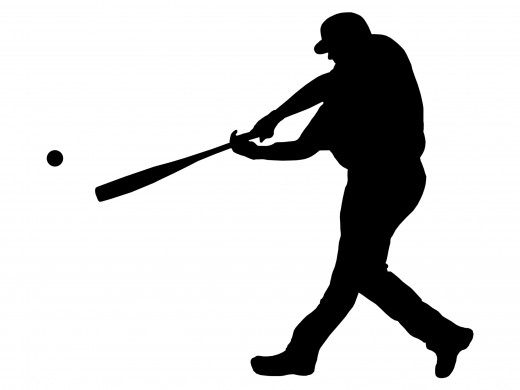
"Hittable" Fastballs
Taking the first two points into account, the final thing to remember about working the count to your cover is receiving "hittable" fastballs, or "meatballs." Granted, sometimes a pitcher will throw some totally un-hittable, perfect pitches. You have to just tip your hat and take a seat. Meanwhile, these pitchers are named Justin Verlander, Roy Halladay, and David Price (who actually hit me with a fastball between the shoulder blades in high school, but that's another story for another time).
The point is this: the vast majority of pitchers we face in our careers are far from perfect and will serve meatballs. Any pitcher can look like an all-star when every batter swings at every pitch. Patient batters force pitchers to engage in an at-bat dictated by the hitter. Obviously, the counts that every batter seeks to get into are 2-0 and 3-1 because pitchers absolutely need to throw strikes in those counts. Also, most pitchers are most confident throwing fastballs in those counts to get strikes. These two facts culminate in the likelihood of receiving a meatball fastball that we can rip the cover off of.
Behind in the Count? Fear Not!
Obviously, we're not going to be ahead in every at-bat. If the pitcher has pinned you into a corner, you don't want to raise the white flag and admit defeat. We can still work the count into our favor. When I caught, I would use the last strike to dictate where I would set up. For instance, as the pitcher throws more strikes in an at-bat, I would move slightly farther from the middle of the plate because we had more balls to play with. If the hitter begins taking more balls, I would be forced to creep back onto the plate. Therefore, a batter doesn't have to force himself into swinging for his life if behind in the count.
When at bat, we hitters have a responsibility to hit the ball as hard as we possibly can. Pitchers have a responsibility to not let us do that. By remaining patient and forcing the pitcher to give us the pitches we want, we inevitably can succeed much more than we thought possible.

